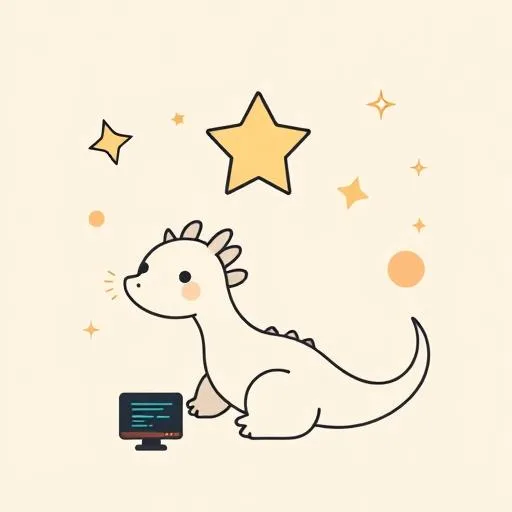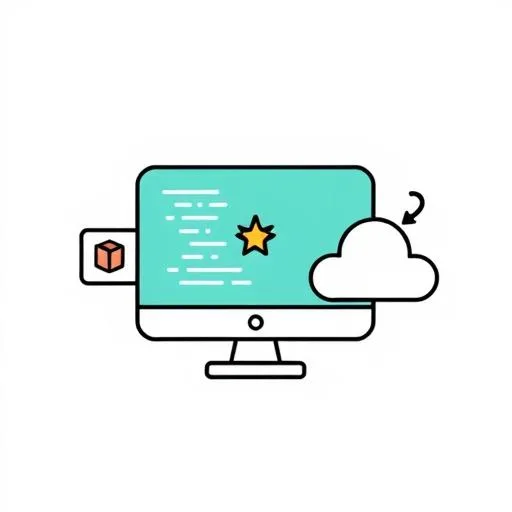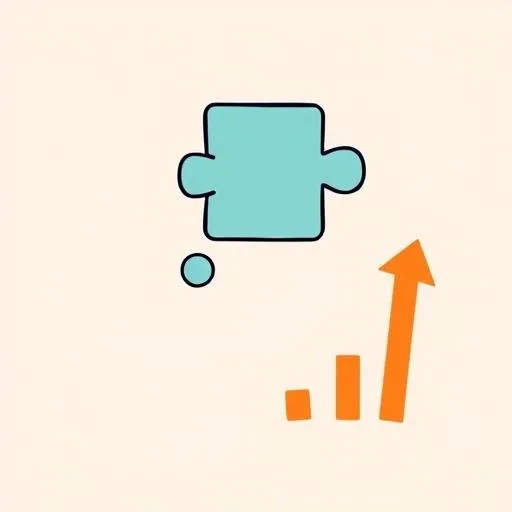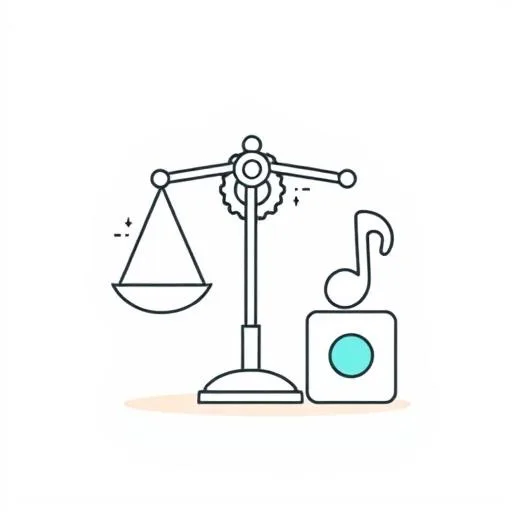
Picture this: your child sketches a wild idea for a game—a dragon that collects starlight—and whispers it to a tool that brings it to life, line by line. No complex syntax, no frustrating bugs, just pure creative flow. That’s the promise of agentic coding with tools like Claude Code, and it’s got me thinking about how we nurture the next generation of innovators. Not by drilling code, but by unlocking imagination. What does it mean for their creative confidence?
How Does Claude Code Change Coding for Kids and Creativity?

Claude Code, developed by Anthropic, isn’t just another AI tool—it’s a game-changer. Imagine a coding assistant that lives in your terminal, understands your entire codebase, and handles routine tasks through natural language commands. It debugs itself, explains complex logic, and even anticipates your next move. For developers, this means less time wrestling with syntax and more time focused on big-picture creativity: designing robust systems, solving novel problems, and innovating freely. As Anthropic explains, agentic coding reduces cognitive load, turning software development into a more intuitive, efficient, and deeply creative process. It’s like having a pair-programming partner who never sleeps—but way cooler.
Building on that idea, now think about our kids—imagine if they could design digital worlds with the same fearless experimentation they bring to those weekend building sessions? Tools like Claude Code hint at a future where coding barriers dissolve, and creativity takes center stage. Instead of memorizing commands, kids might focus on storytelling, problem-solving, and bringing wild ideas to life. That’s not just coding—it’s digital artistry.
Does AI Make Kids Faster or Deeper Learners with Claude Code?

Here’s where it gets fascinating. A recent study tossed a curveball: when experienced developers used early-2025 AI tools like Claude Code, they actually took 19% longer to complete tasks. Wait, slower? Yes—but not because the tech failed. It’s because AI encouraged deeper exploration, more iterations, and richer solutions. Junior developers, though? They soared, with productivity boosts of 27-39% in field experiments. Why the gap? Seasoned pros might overthink or refine endlessly, while newcomers leapfrog basics and dive straight into creation.
For our kids, this mirrors how they learn. Give a child a puzzle, and they might try every piece wildly at first—slower, but discovering patterns adults miss. AI tools could empower them to bypass tedious steps and focus on the ‘why’ and ‘how’ of building. It’s not about speed; it’s about depth. Imagine a classroom where kids use AI to prototype games, test hypotheses, or debug together—learning resilience when ideas fail, and joy when they click. What if the real measure of learning isn’t how fast they finish, but how deeply they engage? That’s the real win: nurturing thinkers, not just typists.
How to Balance AI Tools Like Claude Code for Kids’ Innovation?

As parents, our role isn’t to turn kids into coding prodigies overnight. It’s to foster environments where technology serves curiosity, not replaces it. Claude Code’s flexibility—it’s designed as a low-level, unopinionated tool—means it adapts to how you work, not the other way around. Similarly, we can let kids guide their learning: maybe they use AI to draft a story, compose music, or simulate science experiments. The goal? Blend tech with hands-on play, so screens become canvases, not cages.
Think of it like family bike rides: you start with training wheels (AI assistance), but soon enough, they’re pedaling solo, wind in their hair. Tools like Claude Code could one day help kids debug robotics projects or co-create with friends across the globe—building empathy and collaboration alongside code. And as research notes, with great power comes responsibility: we get to teach them about ownership, ethics, and the joy of creating something truly theirs. How do we ensure technology amplifies their humanity rather than overshadowing it?
Fun Ideas to Spark Creativity with Claude Code and AI Tools

Why not try a ‘what if’ chat over dinner? ‘What if our fridge could suggest recipes based on leftovers?’ Let kids brainstorm how AI might help—then sketch it out. No coding required, just imagination on fire. Or swap screen time for ‘build time’: use blocks, clay, or even cookie dough to prototype ideas. Try a 15-minute ‘idea sprint’ after school where they quickly mock up a concept with simple materials. Tech becomes a tool in a bigger toolkit, one that includes laughter and messy hands.
Another ripple: when projects stumble (and they will!), celebrate the attempt. My daughter once built a ‘car’ from cardboard that immediately crumpled—but she beamed, ‘Next time, I’ll add more tape!’ That resilience is what AI can’t teach, but it can free up space for us to nurture it. So here’s to raising kids who see technology not as magic, but as a brush for their masterpieces. What if failure became the most exciting part of creating?
Why Claude Code and AI Tools Matter for Kids’ Future Connections

Agentic coding with Claude Code isn’t about replacing developers; it’s about elevating human potential. For our children, it could democratize innovation, letting them focus on what makes us uniquely human: empathy, creativity, and boundless curiosity. As Anthropic’s tool evolves, it reminds us that the best tech doesn’t distance us—it connects us to our ideas and to each other.
So as we watch our kids grow in this rapidly changing world, let’s encourage them to play, question, and create with both hearts and tools wide open. It fills my heart to see how these tools might help them build bridges, not just code. The future isn’t just written in code; it’s written in the stories they’ll tell—and maybe, just maybe, build with a whisper. What legacy of creativity and connection will we help them write?
Source: Anthropic and The Future of Agentic Coding with Claude Code, Geeky Gadgets, 2025/09/07
